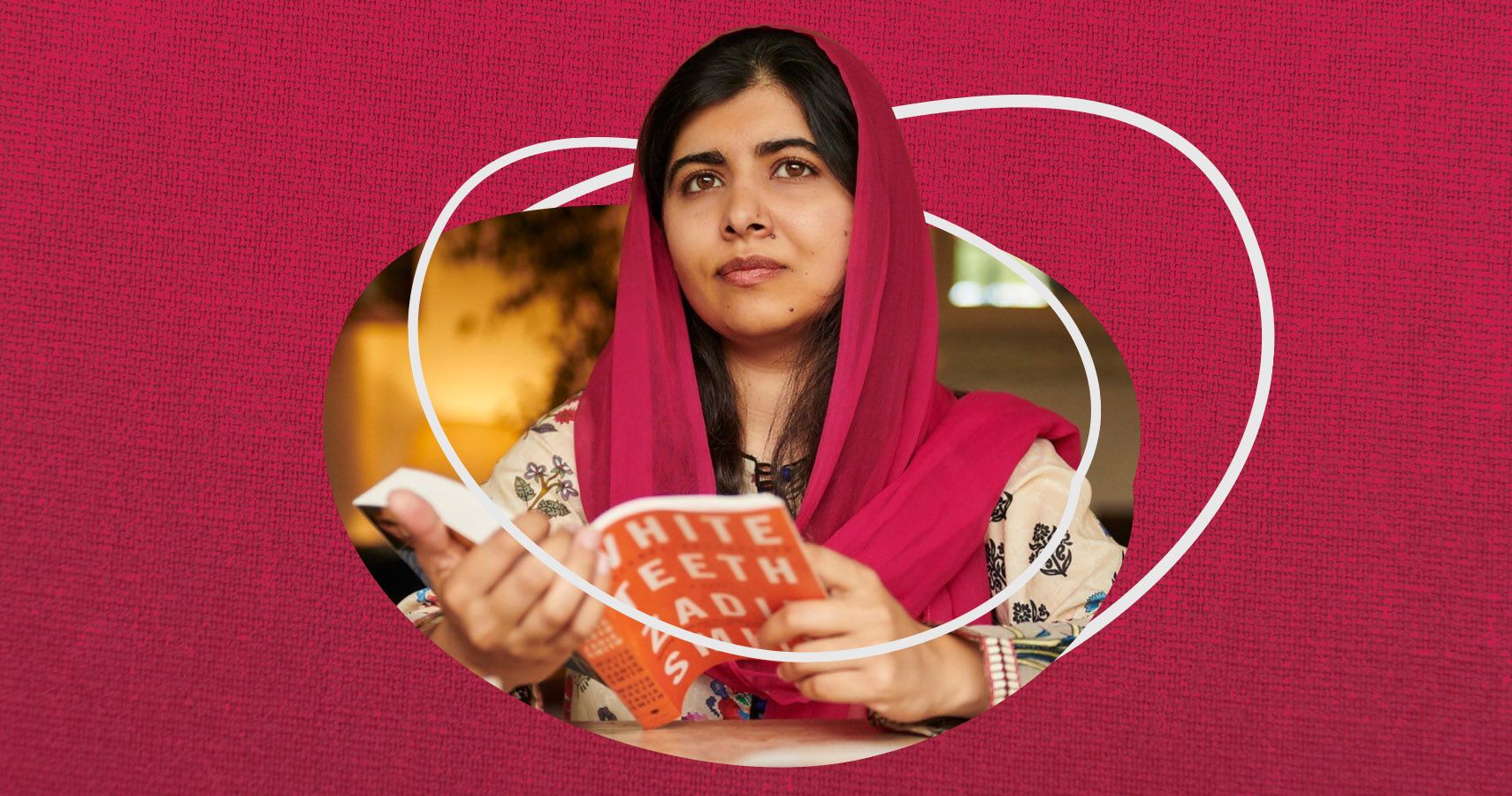Malala Yousafzai is a Pakistani activist fighting for free, safe, and quality education for girls under the age of twelve. She holds the record for being the youngest Nobel Laureate. Recently graduated from Oxford University, Malala is actively fighting for the cause. She travels to multiple countries and meets girls facing the same problems for which she is fighting. So, what exactly has Malala gone through in her fight?
Malala's Background
Malala was born on July 12, 1997. She grew up in a city, Mingora, now known as Khyber Pakhtunkhwa, a part of Swat Valley, Pakistan. Ever since she was a child, Malala was a passionate learner. She studied under the guidance of her father, Ziauddin Yousafzai, a bright education advocate. Her family ran a chain of schools.
In 2007, when Malala turned ten, the Taliban became the dominant socio-political force in the region's major part where she resided. The group started enforcing its own laws, which mainly subdued the female gender. Girls were denied their fundamental right to education. Besides, they were forbidden from participating in cultural activities such as dancing and singing. The socio-political force took the neighboring areas by storm in the next year. The group shut down close to 400 schools by the end of 2008 in the country.
This act disheartened and angered many individuals. But due to the terror surrounding the group, no one dared argued or raised their voice. The dominance, monstrosity, and patriarchy didn't frighten or oppress Malala. It was after that when Malala questioned the Taliban and demanded her basic right to seek education. She played smartly in her fight and chose to anonymously stand for her rights.
Getting Noticed
In early 2009, Malala was only eleven when she wrote a blog with a fictitious name for BBC Urdu. The blog was titled, "I am Afraid" and described Malala's province's raw situation through her eyes. The blog gained some traction, putting her life in danger, after which, naturally, she was compelled to leave her home and sought safety hundreds of miles away.
Leaving her home, constant death threats, and endangerment of her family's safety did not hamper 11-year-old Malala's determination. It only strengthened her to return with a stronger voice, and this time, she used the media to demand justice. Her campaign was based on the 'right to go to school.'
None of this happened overnight. It was a tedious process, with a new peril at every step. The efforts put in by Malala, though, did not go in vain. In a span of three years, Malala and her father became famous figures throughout Pakistan. In 2011, Malala got nominated for the International Peace Prize, along with which she was also honored with Pakistan's National Youth Prize. However, her victory was not supported by the multitude. In fact, with their fanatic ideologies and beliefs, it was simply unacceptable by the people.
Without paying much heed to acceptance or people's prejudice, she continued working with high hopes. The threats to Malala did not stop; one day, two armed men entered her bus on her way back home from school. The assassins fired three shots at Malala. All shots were aimed at her head. One bullet penetrated and exited from her head and wedged in her shoulder. She was immediately airlifted to a Pakistani military hospital in Peshawar. Four days later, she was flown to Birmingham, England for further treatment.
Surviving Death
Her fight wasn't won yet, and there was, however, a twist of fate in Malala's favor. Even after the heinous attack, she survived. Malala finally regained consciousness ten days after she was admitted to the hospital in England. Despite being gravely injured and undergoing multiple surgeries, her brain was sound and did not report any damage. The treatment and therapy did not conclude for Malala until 2013. After this, she was able to go back to school. She, then, attended a school in Birmingham, England.
Malala fought vigorously for four long years, and underwent a massive attack only to get her fundamental right to education. After recovering wholly, Malala's story gained popularity, and masses from across the globe started supporting her. On her sixteenth birthday, 12th July 2013, she spoke in the United Nations. The same year, she published her autobiography, titled 'I Am Malala: The Girl Who Stood Up for Education and Was Shot by the Taliban'. The book gained instant popularity. In October 2014, Malala became the youngest person ever to receive a Nobel Prize. Till date, her record for the youngest Nobel Prize winner remains unbeaten. Malala still has not stopped her fight to secure the right of education for young girls. There are still close to 180 million girls globally who yearn for the privilege to go to school.
Malala has indeed proven to be a great inspiration to girls across the globe. She has become the epitome of the saying, 'Nothing is Impossible'. All of which was only possible because of her determination, her high spirits, and fierceness. In her journey, she surely did suffer a terrible turn of fate, but she evolved and emerged out of it a winner, showing the signs of a true leader. It sets an example for girls internationally that it is not the problems that define us. It is how we evolve from it.
Many girls today view Malala as a Mentor and have started fighting for their rights and truth. Malala has established herself as a figure of faith and determination for girls who see themselves as 'fighters' and are not afraid to speak up. Her story has brought in a wave of positivity and strength amongst other free-spirited and determined girls all across.
Source: Nobel Prize, Malala, The Growth Faculty

